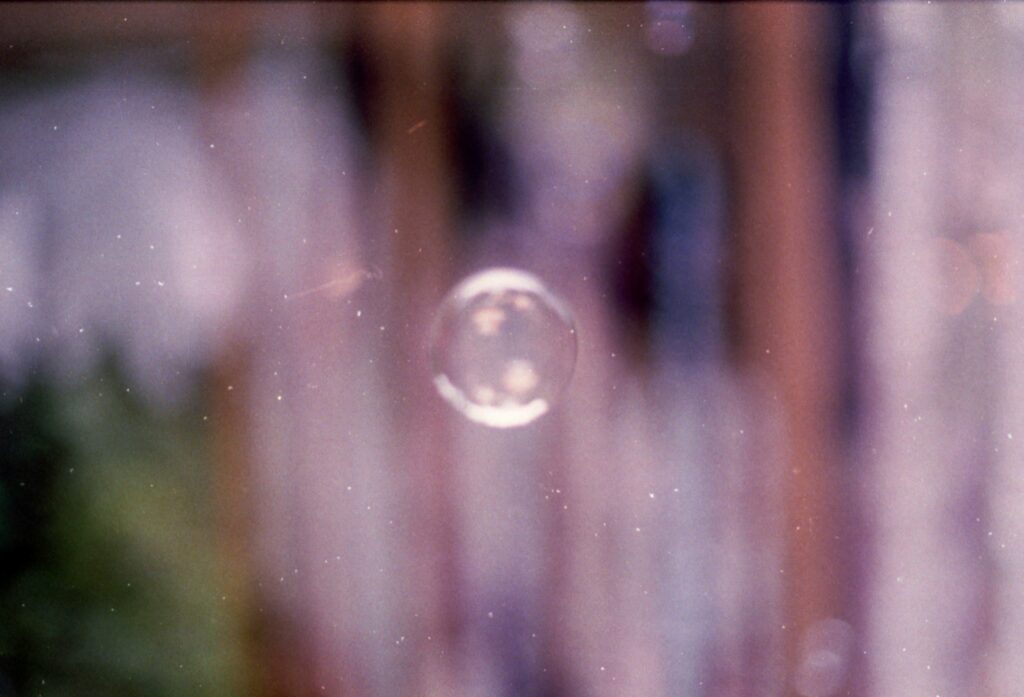In the realm of sound engineering and musical instrumentation, analog echoes represent a nostalgic yet enduring facet of audio technology. From vintage recording studios to modern renaissance in digital era, analog echoes continue to captivate musicians, audiophiles, and enthusiasts alike across the United States and beyond. This article delves into the essence of analog echoes, exploring their history, technological principles, cultural impact, and contemporary resurgence.
History and Evolution
Analog echoes trace their origins to early 20th-century developments in audio technology. The fundamental principle of creating echoes through analog means involves using physical media such as magnetic tape or metallic discs to record and playback audio signals with a time delay. This technology gained prominence in the mid-20th century with the advent of tape echo machines, pioneered by companies like Roland, Maestro, and Echoplex.
Technological Principles
At the core of analog echo devices lies the concept of signal delay and regeneration. Unlike digital reverberation which uses algorithms to simulate echo effects, analog echoes produce genuine echoes by feeding the output signal back into the input after a slight delay. This creates a natural and organic sound quality characterized by warmth, saturation, and subtle imperfections that contribute to its unique appeal.
Cultural Impact
Analog echoes have left an indelible mark on the cultural landscape, influencing the sound of countless musical genres from rock and jazz to reggae and electronic music. The distinctive echo effects produced by analog equipment have been integral to the sonic identities of iconic artists and bands throughout history. For instance, the characteristic slap-back echo in rockabilly or the spacious delay in psychedelic rock owes its existence to analog echo devices.
Contemporary Resurgence
Despite the digital revolution in audio technology, there has been a notable resurgence of interest in analog echoes among musicians and producers. This resurgence can be attributed to a growing appreciation for the warmth, character, and tactile experience offered by analog equipment. Many artists and studios in the USA are rediscovering the charm of vintage tape echoes and magnetic delay units, incorporating them into both live performances and studio recordings to achieve a distinct sonic aesthetic.
Practical Applications
In practical terms, analog echoes find applications not only in music production but also in live sound reinforcement, broadcast media, and audiovisual installations. Their ability to enrich soundscapes with natural and dynamic echoes makes them indispensable tools for creating immersive auditory experiences.

Conclusion
In conclusion, analog echoes represent more than just a technological artifact of the past—they embody a timeless allure that continues to resonate with musicians and audio enthusiasts in the USA and around the world. As technology advances, the enduring appeal of analog echoes reminds us of the value of authenticity, craftsmanship, and the intangible magic of sound. Whether in a vintage recording studio or a contemporary concert hall, analog echoes persist as echoes of the past that reverberate into the future of sound.
By exploring their history, technological underpinnings, cultural significance, and modern resurgence, it becomes clear that analog echoes are not merely echoes of sound but echoes of creativity, innovation, and the enduring quest for sonic excellence.